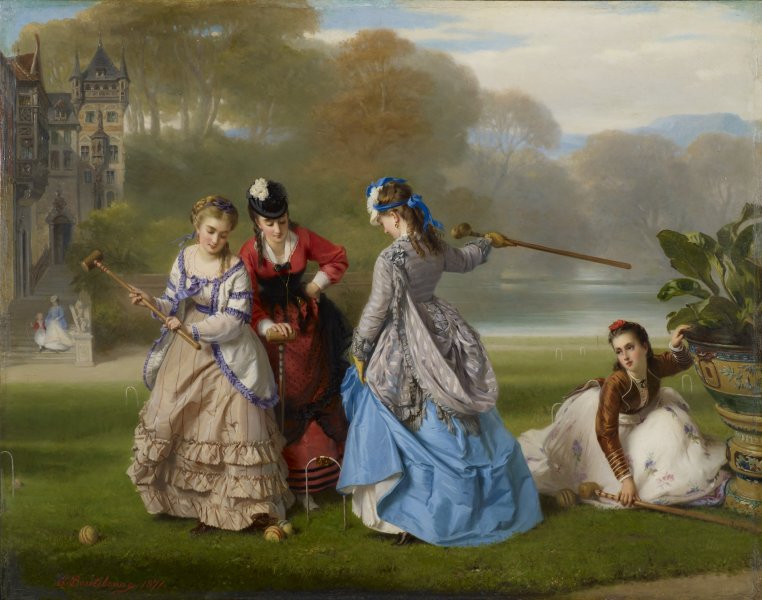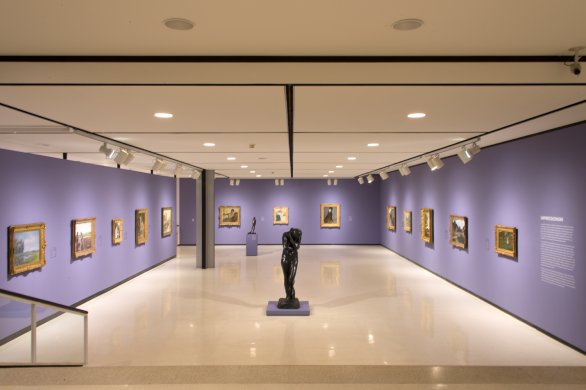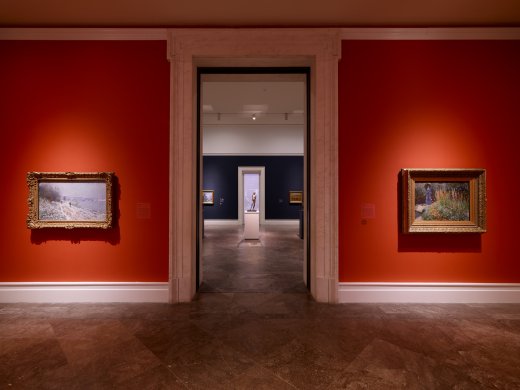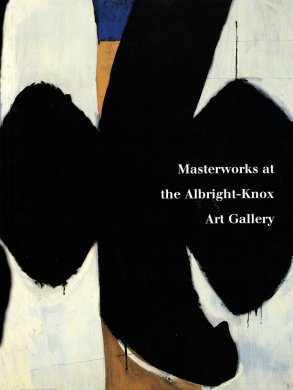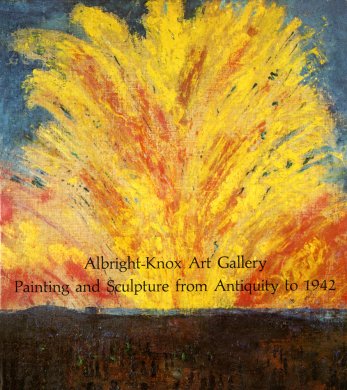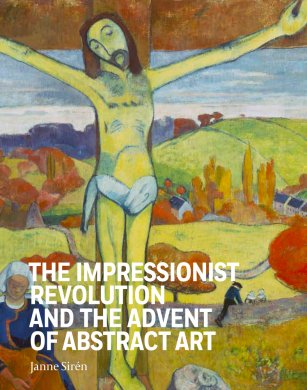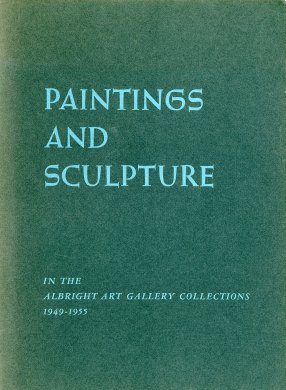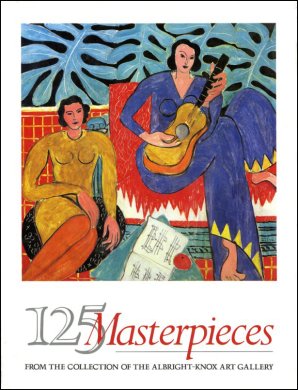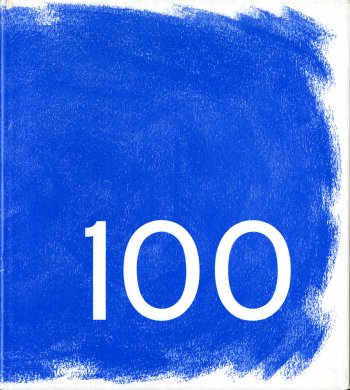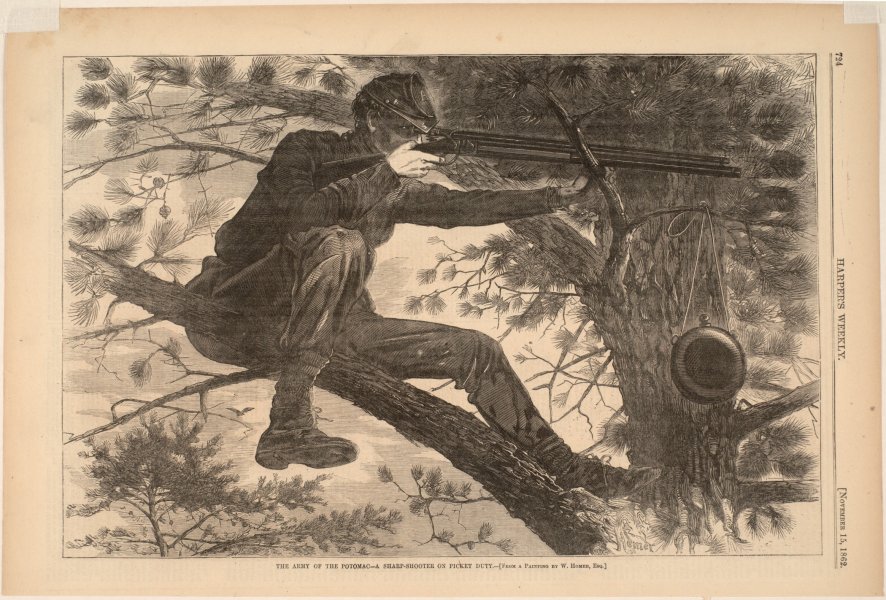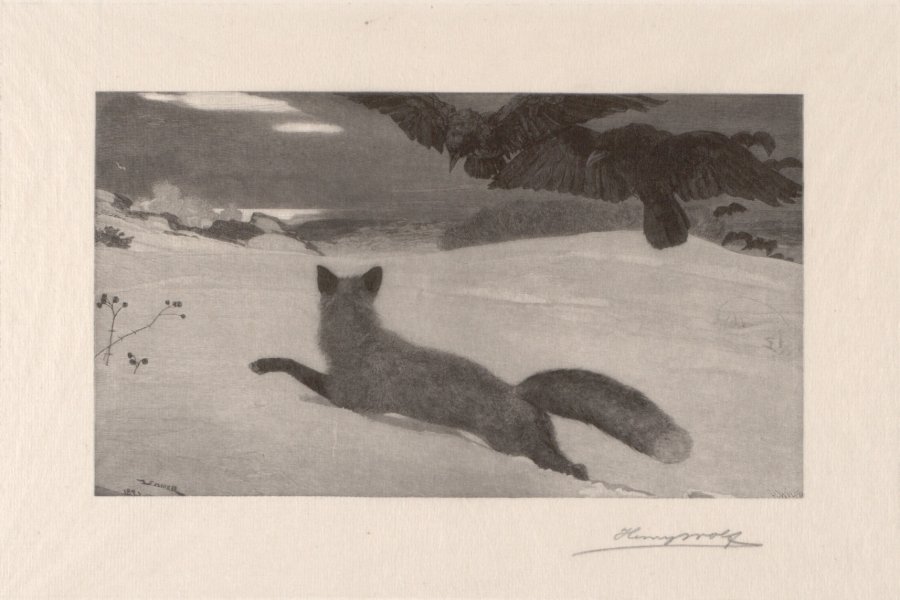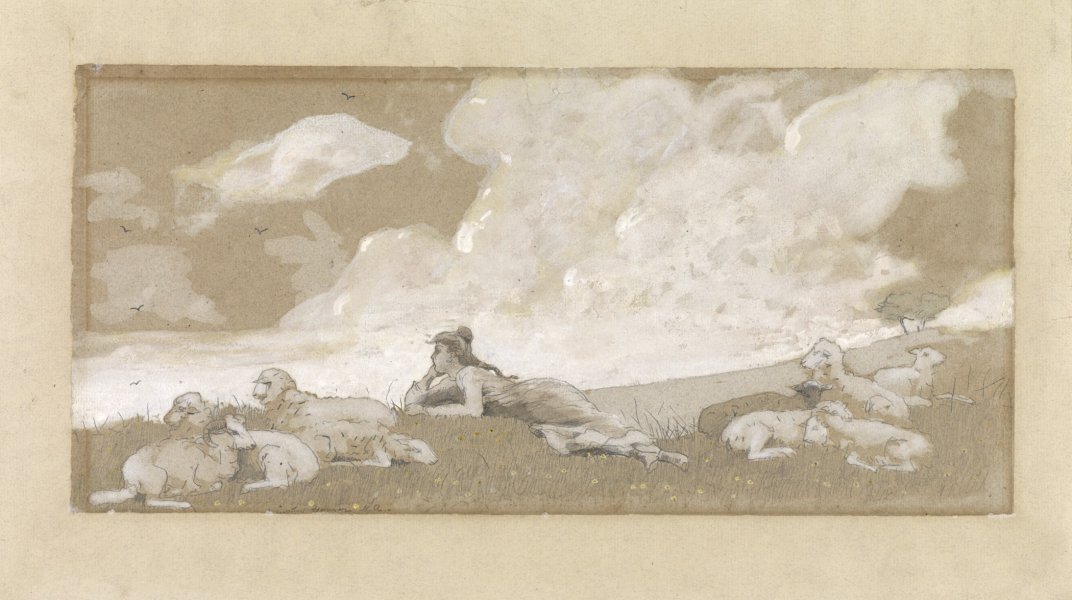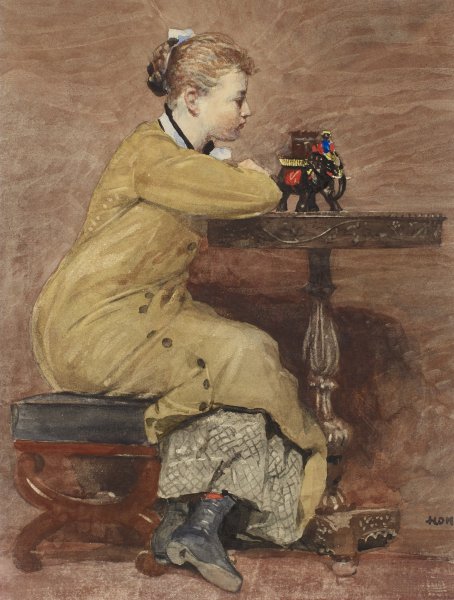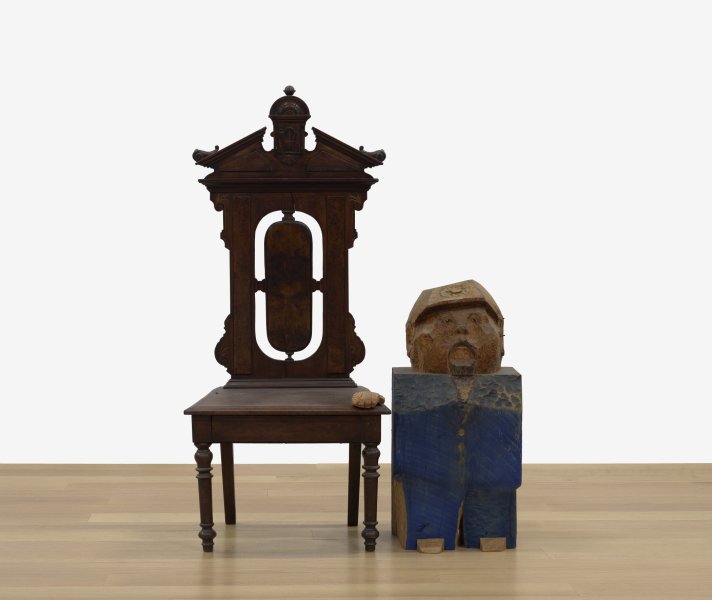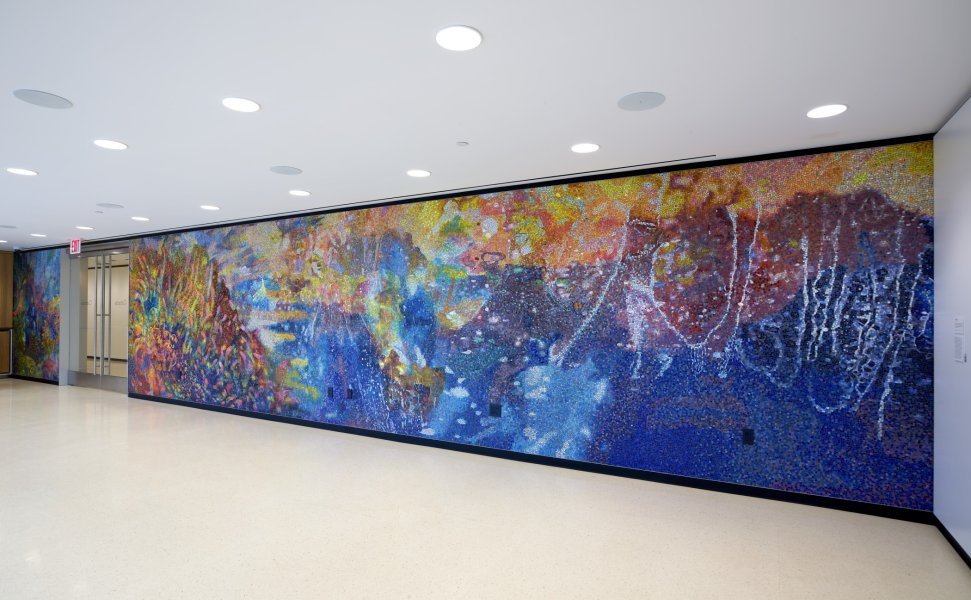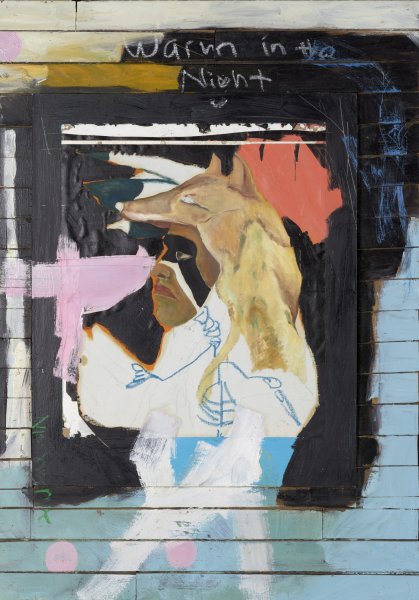Winslow Homer
American, 1836-1910
Croquet Players, 1865
Artwork Details
Currently on View
Collection Highlight
Materials
oil on canvas
Measurements
support: 16 x 26 inches (40.64 x 66.04 cm); framed: 24 5/8 x 34 7/8 x 3 1/8 inches (62.55 x 88.58 x 7.94 cm)
Collection Buffalo AKG Art Museum
Credit
Charles Clifton and James G. Forsyth Funds, 1941
Accession ID
1941:11
Between 1865 and 1870, Winslow Homer made five paintings centered on the theme of croquet; this work is the earliest example. A cheerful scene set in the countryside, Croquet Players is emblematic of post–Civil War American genre painting. Homer served during the war as a battlefront correspondent and illustrator for Harper’s Weekly. Afterward he dedicated much of the rest of his career to creating affecting images of everyday American life that reflect nostalgia for simpler times. The game of croquet was introduced in the United States around the early 1860s and quickly gained popularity as an outdoor recreational activity in which both men and women could equally participate. Homer was attracted to the game’s ability to bring people together. Known to be a bit of a dandy, he also may have been drawn to the game as a platform for showcasing the fashions of the day. In both technique and iconography, Homer’s work from this time seems to parallel some of the modern trends in European painting, most notably the work of the Impressionists, who shared Homer’s use of sunlight and a high-keyed color palette.



